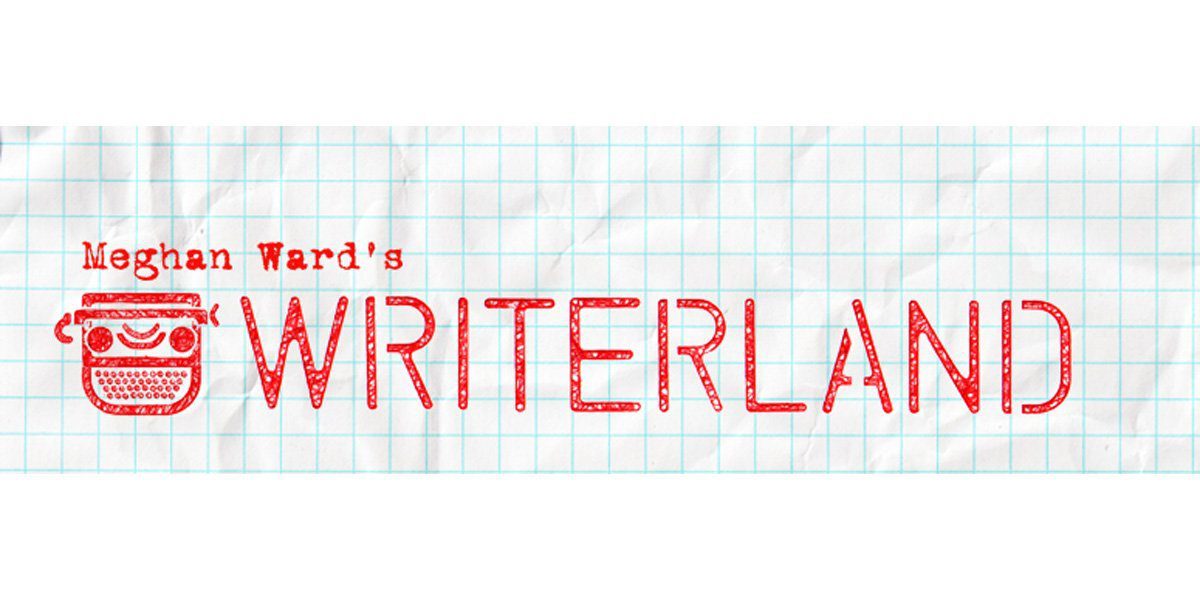Last updated on June 14th, 2024
If you’re a writer, how should you use YouTube?
Well, I believe YouTube is best thought of as social video, a conversation between you, the writer, and those who want to hear what you have to say.
Sound familiar? It’s probably the same advice you’ve heard about how to engage your fans via various other social media platforms. So while YouTube looks like TV on a smaller screen, it is not. YouTube is another social media environment, arguably the most personal and effective one for growing your audience through authentic discussion.
Publishers are encouraging authors to create book trailers, essentially video advertisements, for their books, and many of these are great (my favorite is the one for John Hodgman’s book “That is All“). But it’s more effective to engage your audience in a conversation over time, rather than trying to rally a community at the last minute when your book is published.
This is as true with video as it is with the other social networks, and because of its active community and engagement tools, YouTube is the best platform to use. Sites like Vimeo are great for displaying video (and Funny or Die is an incredible platform if you’re already well-known like John Hodgman), but YouTube is best for building community, which I believe should be your goal. YouTube videos also get very high placement in Google search results.
Your goal in using YouTube as a writer should be to build community over time, engaging potential readers on a very personal level. And when the time comes to call attention to your recently-published book, people in your community will be much more likely to convert into buyers and readers, come to readings, invite you to speak at conferences, and so on.
YouTube audience building can be divided into three main areas: Video Stuff, YouTube-Specific Stuff, and Promotional Stuff.
VIDEO STUFF
I define “Video Stuff” as the standalone video that by itself could be played via any video platform, whether it’s YouTube, Vimeo, Hulu, Netflix, DVD or television. The video itself accounts for 50 percent of your success, and should account for 50 percent of your effort and budget (if you have one). It’s important to remember that your viewers watch YouTube differently than other video platforms. For instance, while I love Ken Burns documentaries, and I’ll watch them on TV or even Netflix, I won’t watch them on YouTube. Most people watch YouTube videos between breaks at work or studying, so it’s best to keep them to less than four minutes maximum (the amount of time before the viewer feels compelled to check their email).
Overall, the most successful YouTube videos begin quickly without credits or prerolls, have quick pacing, are just a few minutes in lengths, and have energetic on-camera personalities who directly address the audience on a consistent theme following a consistent format. The community stays most engaged when the creator releases one or two videos each week on a regular publishing schedule.
The most popular YouTube video channels follow these themes: musical, funny, scandalous or confessional, explosive or destructive, sexual, offensive, instructional, kids, babies and pets.
The good news is that you don’t have to have incredible production values on your videos. What your audience wants most is just you, as your most authentic self. A quick video of you talking to your iPhone, with minimal or no editing, can often be more popular than an over-produced video with a formal presentation.
One of the reasons I feel it’s important to publish at least once a week is that you can check your progress, and tweak your presentation over the course many videos. YouTube offers analytics on each video, the most important of which is the “audience retention” numbers. If your community is watching less than 50 percent of your videos before they stop watching, then keep modifying your format and presentation in successive videos until that number improves.
YOUTUBE-SPECIFIC STUFF
YouTube-Specific Stuff is anything specifically related to engaging viewers via the YouTube platform. This area accounts for 25 percent of your success, and should account for 25 percent of your effort and budget.
YouTube enables content creators to engage viewers in the comments section, thanking them or elaborating on their video. You can even create new videos to respond to commenters’ questions (these kinds of videos are quite popular).
The video’s title, description, and keyword tags should all be written with SEO in mind. The best YouTubers also use YouTube Annotations (links built into the video), encouraging viewers to like the video, comment on the video, and watch similar videos. Importantly, each video should offer the viewer a prominent link to subscribe to the YouTube channel. The size of your subscriber base is the No. 1 indicator of how many people will view one of your future videos.
Also, make sure you link back to your own website in the description of your YouTube videos—this builds SEO for your website.
PROMOTIONAL STUFF
Promotional Stuff is any paid, earned and owned media, as follows. This area accounts for 25 percent of your success, and should account for 25 percent of your effort and budget.
Paid Media consists of anything you would pay to have done. As an author, you may not have any money to spend, but I’ll include it here anyway for reference.
Paid Media includes press releases, blogger outreach, YouTube TrueView video ads, non-video Google AdWords, video seeding, and any YouTube or social media specialists you might retain.
Earned media is any free publicity, mostly through social media. So any links to your videos, or any embeds, reshares, retweets, or reblogs you get around Facebook, Twitter, Pinterest, Google+, Tumblr, etc., is earned media.
Owned media is any non-social communication platforms that you own, such as your website. Each of your YouTube videos should be embedded into their own page on your website, with SEO-savvy descriptions.

